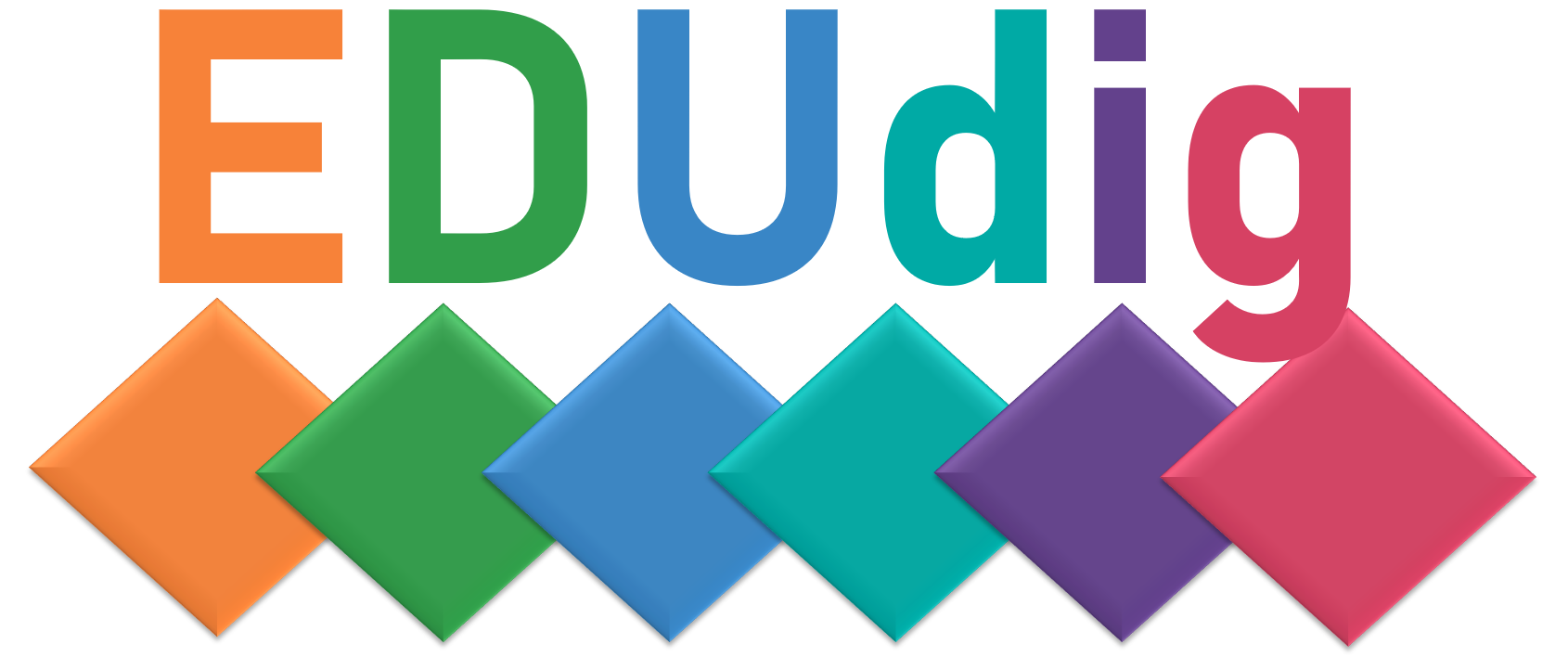2. What are digitally enhanced collaborative learning strategies?
Collaborative learning strategies refer to explicit, clear guidelines to develop collaborative learning activities. Its framework should provide detailed instructions to facilitate meaningful student engagement, grounded in active discussion and participation among participants for the achievement of a certain learning outcome [1]. Their design is based on pair or group work and can be integrated within several active learning methodologies, such as inquiry-based learning, which includes challenge-based learning, problem-based learning, project-based learning, etc.
The development of digitally enhanced collaborative learning strategies can have a great impact on the students’ engagement and proactivity, in particular because they are embracing digital communication in their routines. They are, for instance, used to convey information in a concise manner, which is very important to capture the fundamentals of arguments in complex discussions, i.e., a key competency for learning, inside and beyond the classroom.

2.1. Examples digitally enhanced collaborative learning techniques
Collaborative learning strategies may include simple and/or more complex activities: discussions, role-plays, jigsaws, etc. Some authors [2] underline that the most important is to select the solutions that better correlate to the intended learning outcomes and organise collaborative learning techniques into 6 different categories: discussion (e.g. think-pair-share, round-robin, etc.), reciprocal peer teaching (e.g. fishbowl, jigsaw, test-taking teams, etc.), problem-solving (e.g. send-a-problem, case studies, etc.), graphic information organisers (e.g. sequence chains, etc.), writing (e.g. peer editing, dialogue journals, etc.) and games (e.g. jeopardy, friendly feud, etc.).
Examples of discussion techniques using, for instance, breakout rooms or chat tools in an LMS, can be:
:: Talk partners – students are organised in pairs for short discussions and pairs can be selected or randomly defined. In this type of activity, it is critical to establish or negotiate with the students clear ground rules beforehand.
:: Think-Pair-Share – Students are asked to think individually of an answer to an initial question and only then discuss and reason it with a peer. After reaching (some) consensus, answers can be shared with a larger group (e.g., the whole class) for a follow up discussion. This allows for students to learn by reflection, discussion and verbalisation.
:: Listening triangles – typically, it implies assigning different roles to the three students in each group: a speaker (which explains the topic), a questioner (which listens carefully and asks for clarification or further detail) and a note-taker (provides feedback to both speaker and questioner).
:: Snowballing – Students discuss a topic in pairs, after which each pair joins another pair (and become a group) to share and discuss their findings/solutions. The process repeats as many times as necessary (i.e., groups merge with other groups), so that the final group is made up of all the students involved. This could be articulated with Jigsaw, by breaking problems into small parts (pieces) and distributing term by groups – for example, each student in a group might be assigned a distinct article to read on a shared topic or issue; and, in the end, the topic would be synthesised with key information from all articles.
There are other techniques that are also gaining momentum in digitally enhanced environments and that can easily articulate with those exemplified above, for instance:
:: Lightweight teams – Students are assigned a task that they can discuss in predefined groups, nevertheless, their grades are determined by their individual effort and outputs [3]. For this, students can use discussion fora available in LMSs, which can be organised by topics or online collaborative dashboards or whiteboard, such as (Padlet or Miro).
:: Digital Escape Rooms – Students are asked to collaboratively solve the clues and unlock codes, so that they can (essentially) escape the (breakout) room. Tasks can include solving a series of puzzles, riddles or find clues that build on one another. There is an array of digital tools that can be used to design and create digital escape rooms, e.g. ThingLink for interactive images and videos, Google Forms to create breakout forms, Kahoot for quizzes and games, Edpuzzle for interactive videos (see [4]).
